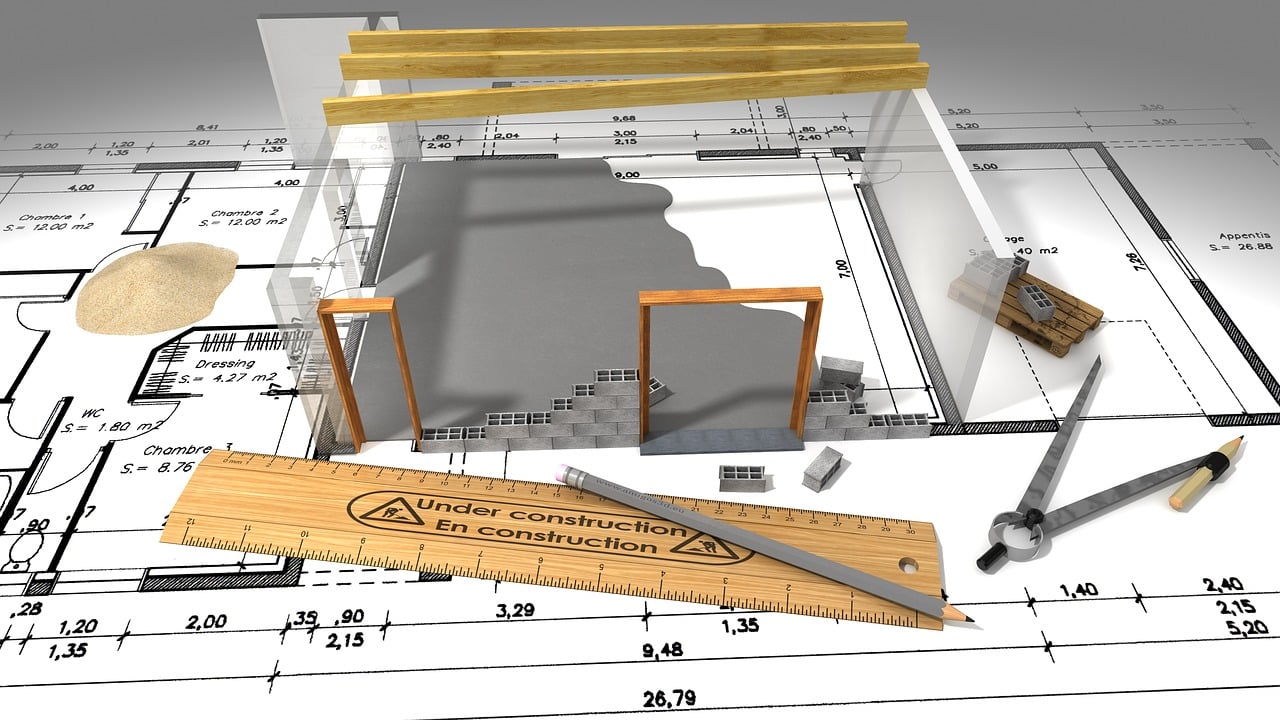-
Table of Contents
- Urban Landscapes: Architect for the Future of Cities
- Smart Cities: Integrating Technology
- Sustainable Design: Building for the Environment
- Mixed-Use Developments: Creating Vibrant Communities
- Resilient Infrastructure: Preparing for the Future
- Public Spaces: Enhancing Quality of Life
- Case Studies: Successful Urban Projects
- Conclusion
Urban Landscapes: Architect for the Future of Cities
Urban landscapes are evolving rapidly, driven by technological advancements, environmental concerns, and changing societal needs. Architects play a pivotal role in shaping the future of cities, creating spaces that are not only functional but also sustainable and aesthetically pleasing. This article explores the key elements that architects must consider when designing the cities of tomorrow.
Smart Cities: Integrating Technology
Smart cities leverage technology to improve the quality of life for their residents. This includes the use of sensors, data analytics, and IoT (Internet of Things) to manage resources efficiently. For instance, Barcelona has implemented smart street lighting that adjusts based on pedestrian activity, reducing energy consumption by 30%.
- Smart grids for efficient energy distribution
- Automated waste management systems
- Real-time traffic monitoring and management
These innovations not only enhance convenience but also contribute to sustainability by reducing waste and optimizing resource use.
Sustainable Design: Building for the Environment
Sustainability is a cornerstone of modern urban design. Architects are increasingly focusing on creating buildings that minimize environmental impact. This includes the use of renewable energy sources, green roofs, and sustainable materials. The Bullitt Center in Seattle is a prime example, often referred to as the greenest commercial building in the world. It features solar panels, rainwater harvesting, and composting toilets.
- Energy-efficient building materials
- Water conservation techniques
- Integration of green spaces
These practices not only reduce the carbon footprint but also create healthier living environments for residents.
Mixed-Use Developments: Creating Vibrant Communities
Mixed-use developments combine residential, commercial, and recreational spaces within a single area. This approach fosters a sense of community and reduces the need for long commutes. The Hudson Yards project in New York City is a notable example, featuring residential units, office spaces, parks, and cultural venues all within a walkable distance.
- Residential and commercial integration
- Accessible public spaces
- Enhanced walkability and reduced traffic congestion
Such developments promote social interaction and economic activity, making cities more livable and dynamic.
Resilient Infrastructure: Preparing for the Future
Resilience in urban design involves creating infrastructure that can withstand natural disasters and adapt to changing conditions. This includes flood-resistant buildings, earthquake-proof structures, and adaptable public spaces. The High Line in New York City, a park built on a disused elevated railway, exemplifies adaptive reuse and resilience.
- Flood-resistant construction techniques
- Earthquake-proof building designs
- Adaptive reuse of existing structures
Resilient infrastructure ensures that cities can recover quickly from adverse events, maintaining functionality and safety for residents.
Public Spaces: Enhancing Quality of Life
Public spaces are vital for social interaction, recreation, and cultural activities. Architects are increasingly focusing on creating inclusive and accessible public areas. Millennium Park in Chicago is a prime example, offering a variety of attractions such as the Cloud Gate sculpture, an outdoor concert venue, and extensive green spaces.
- Inclusive design for accessibility
- Spaces for cultural and recreational activities
- Integration of art and nature
Well-designed public spaces enhance the quality of life by providing areas for relaxation, socialization, and cultural engagement.
Case Studies: Successful Urban Projects
Several cities around the world have implemented successful urban projects that serve as models for future developments. For instance, Copenhagen’s bicycle-friendly infrastructure has made it one of the most bike-friendly cities globally, with 62% of residents commuting by bike daily. Similarly, Singapore’s Gardens by the Bay showcases innovative use of green spaces within an urban setting, attracting millions of visitors annually.
- Copenhagen’s bicycle infrastructure
- Singapore’s Gardens by the Bay
- Barcelona’s smart city initiatives
These case studies highlight the potential of thoughtful urban design in creating sustainable, livable cities.
Conclusion
The future of urban landscapes lies in the hands of architects who can blend technology, sustainability, and community needs into cohesive designs. By focusing on smart cities, sustainable practices, mixed-use developments, resilient infrastructure, and inclusive public spaces, architects can create cities that are not only functional but also enriching for their residents. The examples and case studies discussed demonstrate the transformative power of innovative urban design, paving the way for a brighter, more sustainable future.
https://www.youtube.com/watch?v=XDwV55M07aY
